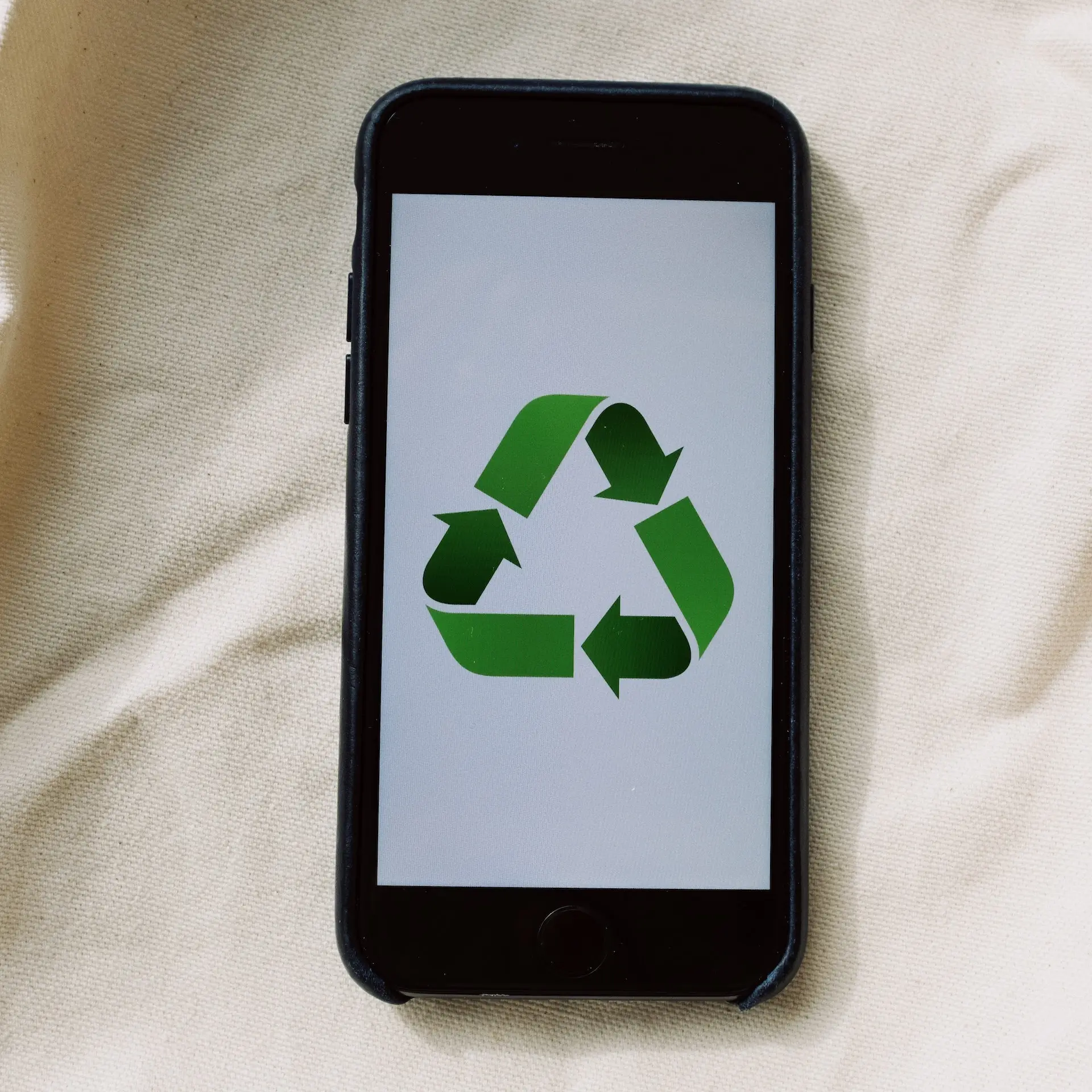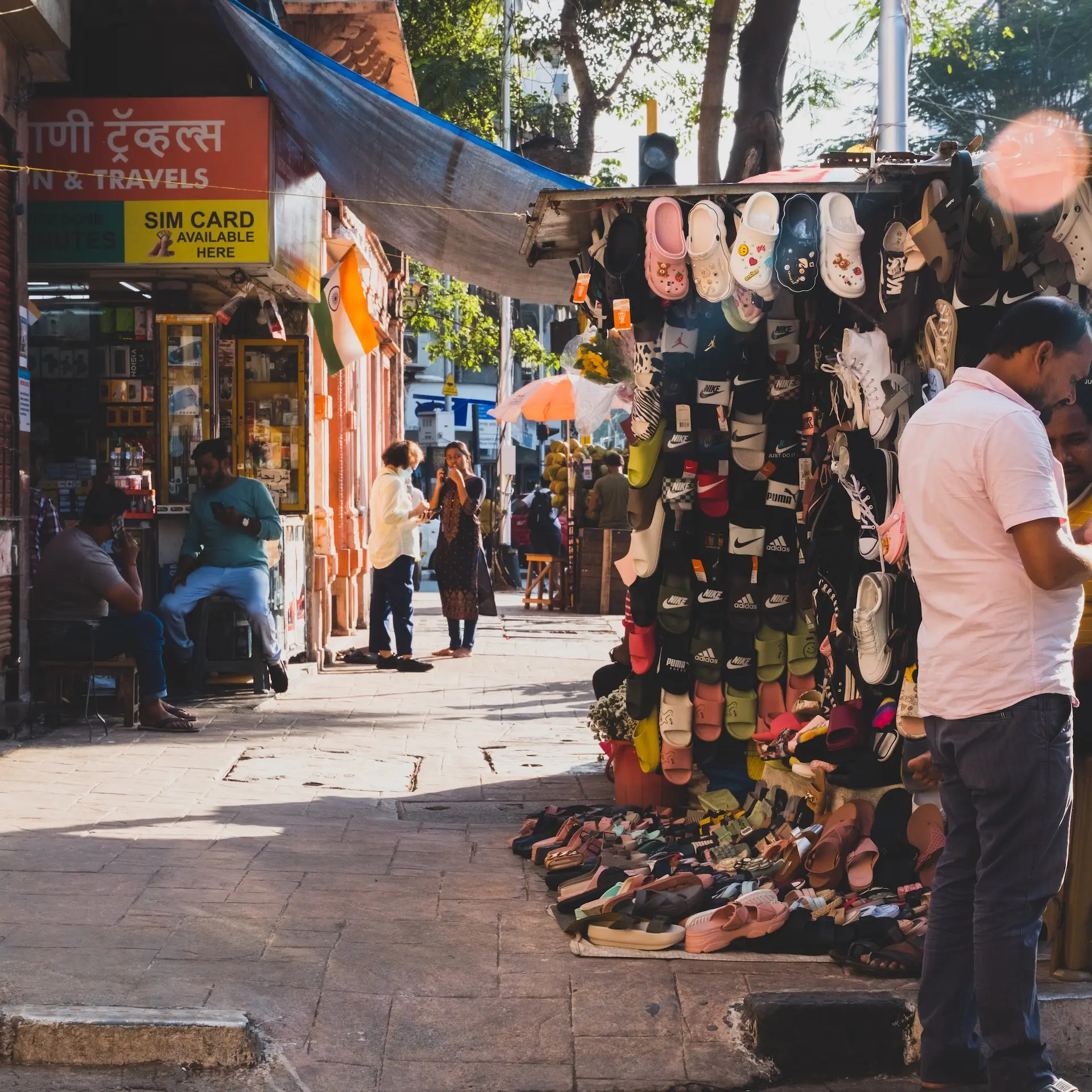Green Consumerism: Mere wordplay or a real deal

INTRODUCTION
Did you know that a pair of jeans needs about 1800 gallons of water to be made? Yes, you read that right. 1,800 gallons of water can quench your thirst for more than 1,600 days. For the longest time, corporations and households have turned a blind eye towards climate change and its destructive effects on the planet. However, in the past few years, people have become more and more aware about protecting the environment and are working on ways to reverse climate change.
The Covid-19 Pandemic has made us reflect on our life choices multi-dimensionally. It has reiterated the urgency to move towards sustainability. Consumers across the globe understand better now the need to shift to ethical and sustainable products and practices. This "conscious" consumer behaviour is known as green consumerism.
Green Consumerism and Green Consumers
"Green Consumerism" refers to a state where consumers demand products that are made with sustainable materials, have undergone an eco-friendly production process, return to the earth at the end of their life cycle, and may employ some form of upcycling. Derived from this term, green consumers are consumers that are more inclined towards planet-positive options when buying things generally. For example, one may choose to use recycled paper over normal paper or sustainable fashion over fast fashion.
We are living in an era where our food supply is threatened by climate change, natural disasters, and other factors that affect agricultural production. The world population is growing rapidly while resources are depleting, which means more people will be forced into poverty as a result. This can only be countered by promoting green consumerism that helps us conserve resources and protect the environment from further damage.
While the number of green consumers has risen and is rising, most people are still value and convenience-driven and do not consciously choose to buy green products. In a survey conducted by the Harvard Business Review in 2019, 65 percent of consumers stated that they wish to buy from purpose-driven brands and advocate for sustainability, but only 26 percent went ahead and did it. This is the gap in the green consumer pattern that needs to be filled.
Becoming a Green Consumer: Why and How?
The need for green consumerism is self-explanatory. We need it because it is the only way to create a holistically better environment for ourselves and others. IBM’s 2020 survey in collaboration with the National Retail Federation revealed that 57 per cent of consumers were willing to change their shopping habits to reduce negative ecological impact. Currently, it might not seem like a big difference to make these small changes in our behavioural patterns, but in the next few years, we will see the multiple positive effects of the small steps that we take today. Issues like poor air quality, depleting natural resources, and rising food prices that we see today would turn into purity, abundance, and stability. To achieve all this, it becomes crucial to know how to become better green consumers.
Following are some ways we can contribute:
- Buy products that create a lower carbon footprint and are made of sustainable or upcycled materials. Likewise, say no to products that involve single-use plastic or emit pollutants into the environment.
- Thinking of buying that luxury pair of sneakers? Those shoes contribute to the 1.4 per cent global greenhouse gas emissions of the shoe industry. Instead, buy from ethical brands offering sustainable alternatives.
- Shifting to renewable energy resources can be a stepping stone in your journey to becoming better green consumers. Some of the products include solar heaters, solar street lights, solar backpacks, solar geysers, and solar bulbs. Although some of these products cost more than traditional products, they tend to be more environmentally-friendly and last longer as they utilise natural energy.
- Minimise your waste generation. As a green consumer, prioritise and encourage the use of products that are naturally compostable and biodegradable, and create negligible waste headed for landfills or the oceans.
What Green Consumerism means for Brands and Businesses:
While the contribution of individuals is a must, it would not be possible to reach net zero goals unless brands transform their strategies. According to the 2018 survey done by the Global World Index, even with the majority (over 60 per cent) of Millennial and Gen Z consumers actively choosing to go green, over 52 per cent of consumers across the UK and U.S. indicate their belief that manufacturers and production bodies hold greater responsibility to make it happen.
With green consumerism on the rise, brands can turn this challenge into an opportunity to not only survive but thrive in the business world. Brands are upskilling and making themselves more familiar with how to adapt to the new "normal". Companies like Coca-Cola partnered with Merline Entertainments in the UK to offer “reverse vending machines” that rewarded consumers who deposited their 500 ml plastic cups with half-price entry tickets to a theme park. Adidas has also pledged to use 100% recycled polyester in their products by 2024 to end ocean plastic. Such initiatives by the companies increase their sales by multifold by setting examples of sustainability.
How Green Consumerism can open gates for your Business:
There is no reason why brands cannot be sustainability-driven and profitable at the same time. In fact, consumers have more good will for brands that are ethical with their products and processes. This has made it possible for businesses to further invest in sustainability. A survey by Capgemini indicated that over 68 per cent of consumers aim to increase consumption of products that are both sustainable and safe. The following are ways that brands can incorporate sustainability into their businesses:
- Structure and market your brand with intention and purpose: Consumers now want to purchase from ethical and purposeful brands. The corporate social responsibility strategy and values should also be communicated to establish emotional connections with consumers.
- Track green consumerism trends: Brands need to keep track of consumer patterns. People are now switching to bamboo toothbrushes, menstrual cups, metal straws and biodegradable cutlery, which can be a great opportunity for businesses to seize.
- Focus on green solutions for your brand: What is the impact on the environment when you produce your goods? Successful goods in the long run can only be sustainable ones. Buying from local vendors, using organic materials and being recognised by eco-labels are the way to go forward.
- Connect with third parties for impact consulting and execution. Many businesses now specialise in this field and can guide you on how to be on track to going green.
CONCLUSION
Green consumerism is the engine, and the masses and brands are the drivers to our ultimate destination, which is a world that lives with an earth-friendly mindset and climate-positive actions. It is time that we realise the gravity of the environmental damage that we have caused and work towards reversing it. There is no right time to move towards more ethical, sustainable and eco-friendly practices. We need to take action, and we need to do it now!

 INR
INR  AUD
AUD  GBP
GBP  EUR
EUR  USD
USD 

